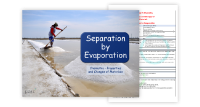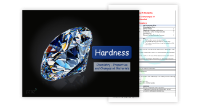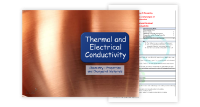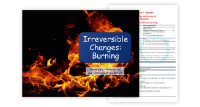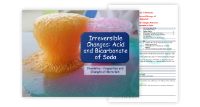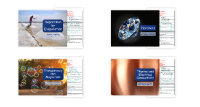Separation by Filtration and Sieving
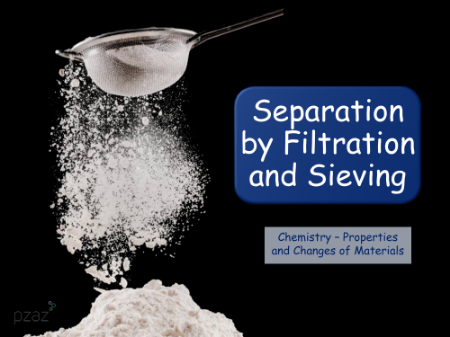
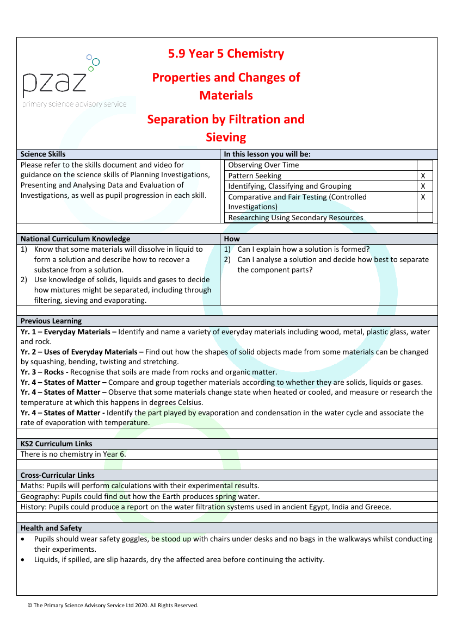

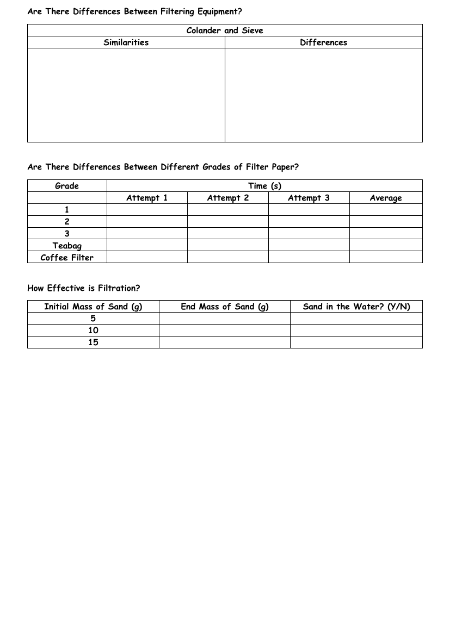
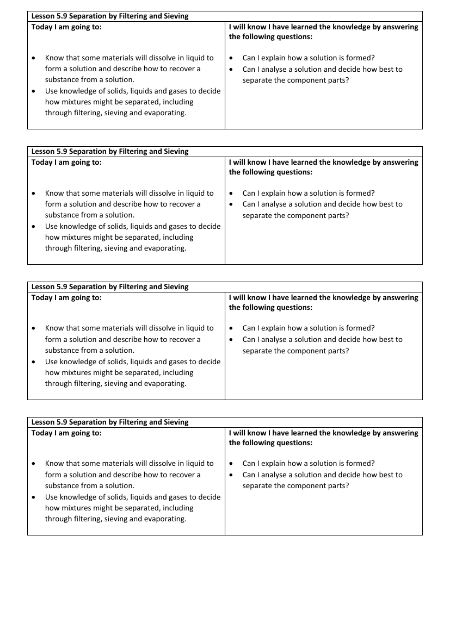


This lesson focuses on the concepts of solids, liquids, and gases and how they can be separated by filtration and sieving. The students will learn about forming solutions and recovering substances from them. The previous learning includes identifying everyday materials, changing shapes of solid objects, and states of matter, including evaporation and condensation. The cross-curricular links are with Maths and Geography and History. The influential scientists include Sir Francis Bacon, Hippocrates, and James Simpson. The lesson will include two activities: "Separating Mixtures by Sieving" and "Filter Paper Investigation."
Misconceptions and Corrections
- Misconception: Filtration is a modern invention. Correction: Humans had filtration systems thousands of years ago.
- Misconception: All mixtures are solutions. Correction: Solutions are formed when a solute is dissolved in a solvent, not all mixtures are produced through the process of dissolving.
Keywords
Solute, Solvent, Solution, Dissolving, Soluble, Insoluble, Filtration, Sieving, Separation.
Activity: Separating Mixtures by Sieving
Students will work in groups of 4 and use a colander and sieve to separate marbles, rice, and water. They will compare the similarities and differences of the two items in terms of material form, size of holes, etc. They will use the sieve to separate water from solids and the colander to separate rice from marbles. The separation will not be perfect and students will discuss ways to separate the items perfectly. The science behind the activity is explained, and possible questions are provided for the students to reflect on their learning.
Activity: Filter Paper Investigation
The students will work in groups of 4 and use filter paper, tea bags, coffee filters, and green food coloring to investigate filtration. They will measure 50ml of water with food coloring and use filter papers of different grades to filter the water. The time taken to filter the water will be recorded and compared. The students will also try using a tea bag and coffee filter. The activity provides hands-on experience with filtration and helps the students understand how filtration works and its applications.
